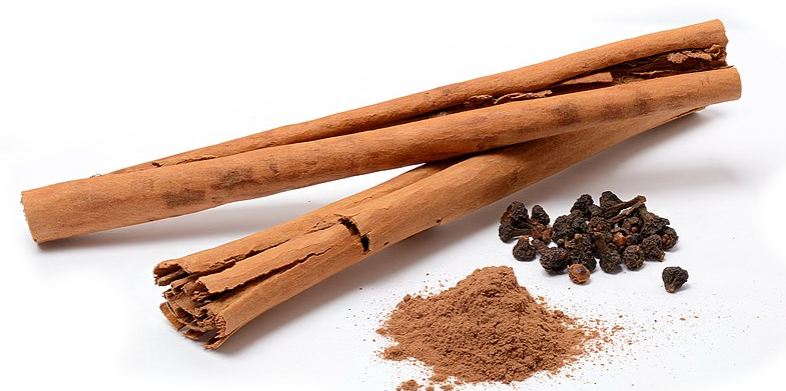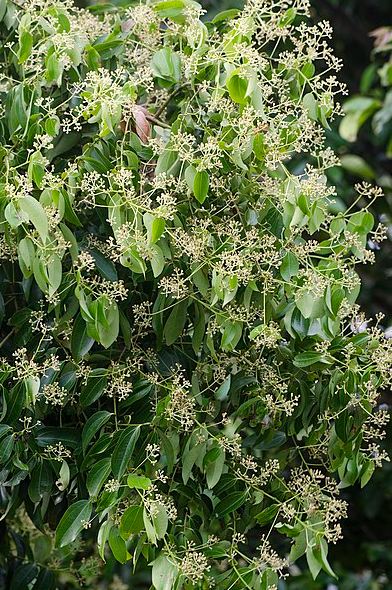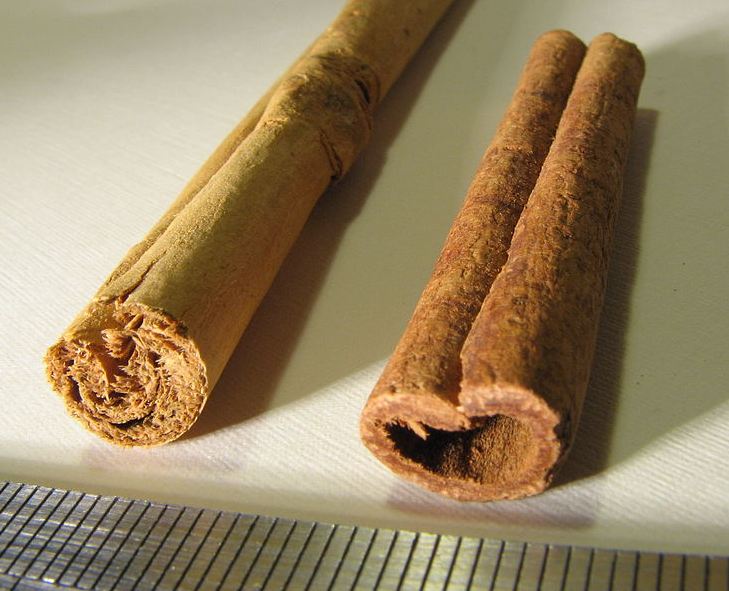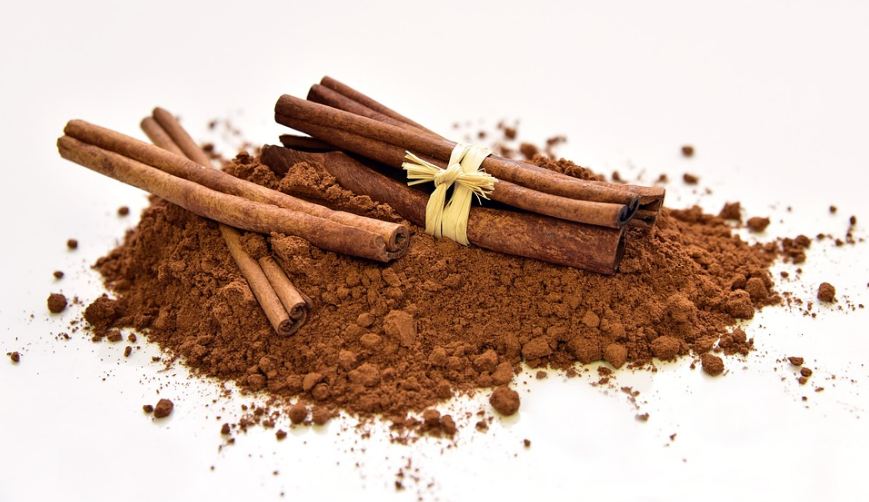Cinnamon (CinnamomumVerum), referred to as the Ceylon cinnamon tree, is a bushy evergreen tree of the Laurel family (Lauraceae). The spice is derived from the bark of its tree. Cinnamon is native to the state (formerly Ceylon), near the Malabar Coast of India and Burma. Moreover, it is grown in South America and the West Indies.
The spice is brown and incorporates a finely scented aroma and a spicy-sweet flavor. Cinnamon is usedfor flavoring a range of foods, from confections to curries to beverages, and is quite trendy in bakeries in several places. Oil distilled from the bark fragments is used in food, liqueur, perfume, and drugs.
In the past, cinnamon was considered more valuable than gold. In Egypt, it was a probe for embalming and non-secular practices, while it was used for spiritual rites and as a seasoningin medieval Europe. Later, it was the foremost profitable spice within the Dutch archipelago Company trade. Varied connected species are cultivated as a supply of cinnamon spice, together with Chinese cassia (Cinnamomum cassia), Vietnamese, or Saigon, cinnamon (C. Loureiro), Indonesian cinnamon (C. burmannii), and Malabar cinnamon (C. citriodorum).
Description of Cinnamon Tree
Cinnamon trees arelittle evergreens with aromatic bark and leaves. Its leaves are thick, oval, or un-subdivided in form, with growing and swish grey branches. The tree produces little green or yellow flowers on panicles.
Cinnamon trees can grow up to 20 meters in heightwithin the wild. However, they are sometimes cut to smaller bushes that are under cultivation. Cinnamon trees have an economical life span of about ten years. Cinnamon is also known as cassia as it originates from Asia.
How Are They Harvested and Processed?
The agriculturist harvests the most crops within the wet season, cutting the shoots near to the bottom. In the process, the shoots are initially scraped with a curved blade. They are rubbed with a brass rod to loosen the bark.
The peels are shortened into each other, forming a quill of 107 cm (42 inches) long and stuffed with trimmings of an equivalent quality bark to keep up a cylindrical form.After drying them for four to five days, the quills square measure is rolled on a board to tighten the filling.Moreover, they are put undersoft daylight for additional drying.Finally, they’re bleached with sulfur dioxide and sorted into grades.
Types of Cinnamon
There are four maintypes of cinnamon. Darker-colored cassia cinnamon is the most commonly sold within the US. It is vastly grown in southeastern Asia. Ceylon cinnamon, also called true cinnamon, is often used in alternative countries.
The cinnamon you get at your local store may be one of the two main types, Ceylon or cassia, or a combination of both. Ceylon is easier to grind, but it does not have similar health benefits.
Health Benefits of Cinnamon
Cinnamon is also known asa healing agent because of its health. The spice has been attributable to bactericide, antimicrobial, inhibitor, and anti-inflammatory properties. It is widely used to treat bug bites, ease tract infections’ discomfort, soothe atrophic arthritis symptoms, and a broad spectrum of different illnesses.
1. Boosts Health and Metabolism
The sharp aroma and flavor of cinnamon are because of the oily half, which is incredibly high in the compound cinnamaldehyde. Scientists believe that this compound is responsible for most of the cinnamon’s powerful effects on health and metabolism.
2. A Good Source of Antioxidants
Cinnamon is full of powerful antioxidants, like polyphenols. Antioxidants defend our body from aerophilic harm caused by free radicals. This is why cinnamon is used as a natural food preservative.
3. Reduce Inflammation
Cinnamon is used for reducing inflammation as it supports our body in combating infections and repair tissue harm. Cinnamon has been used to reduce the risk of heart condition, the world’s most typical reason for premature death. For people with type 2 diabetes, one gram or a teaspoon of cinnamon per day has beneficial effects on blood tests. It reduces the LDL levels, “bad” cholesterol, and triglycerides, whereas “good” cholesterol remains stable.
4. May Help Lower Blood Sugar Levels
Cinnamon is known for its blood-sugar-lowering properties. Apart from the beneficial effects on hypoglycemic agent resistance, cinnamon lowers glucose levels by many different mechanisms.
5. Alzheimer’s and Parkinson’s
Cinnamon helps in defending neurons, normalizes neurochemical levels, and improves motor performance. It’s very helpful for individuals with Alzheimer’s and Parkinson’s disorder.
6. Cancer Treatment
Cinnamon has been widely studied for its potential use in cancer interference and treatment. It acts by reducing cancer cells’ growth and the formation of blood vessels in tumors. Moreover, it seems deadly to the cancer cells, inflicting necrobiosis.
7. Fights Numerous Types of Infection
Cinnamaldehyde, one of the most active cinnamon elements, fights numerous types of infection. Cinnamon oil has been shown to treat tract infections caused by fungi effectively. It can even inhibit the expansion of certain microorganisms, together with eubacterium and enteric bacteria.
8. Helps Fight HIV-1
HIV is a virus that slowly breaks down your system, eventually resulting in AIDS if untreated. Cinnamon extracted from Cassia varieties is believed to fight against HIV-1, the most common type of HIV in humans.
Few studies on its benefits
It is also found that cinnamon helps manage blood glucose, improve high cholesterol levels, fight insanity, and even treat MS. However, the analysis of this point is preliminary.
To counter one of the widely circulated claims that “cinnamon supplements facilitate individuals with the polygenic disorder (diabetes) by managing their glucose,” the agency points to a 2012 systematic review. This systematic review is of the randomized, controlled clinical trials in individuals. One or maybe a couple of individuals had the polygenic disorder described in the Cochrane information of Systematic Reviews. The review showed that cinnamon supplements did not help cut back glycosylated hemoglobin A1C, blood serum endocrine, or postprandial aldohexose.
But still, a resulting review of 10 irregular clinical trials having cinnamon showed a decrease in levels of abstinence plasma aldohexose, total steroid alcohol, lipoprotein ‘bad’ steroid alcohol, and glyceride levels. Furthermore, it showed a rise in the density of lipoprotein ‘good’ steroid alcohol levels in individuals with double polygenic disorder.
This review also considered the previous one that A1C levels were unaffected by cinnamon use. Though this news is slightly encouraging, it isn’t enough to justify the exploitation of cinnamon rather than a polygenic disorder or steroid alcohol treatment.
Conclusion
Cinnamon is one of the important, delicious and healthiest spices in the world. And it also has spectacular health benefits. Make sure to use Ceylon cinnamon, or if you want to useCassiaones, stick with small doses.







